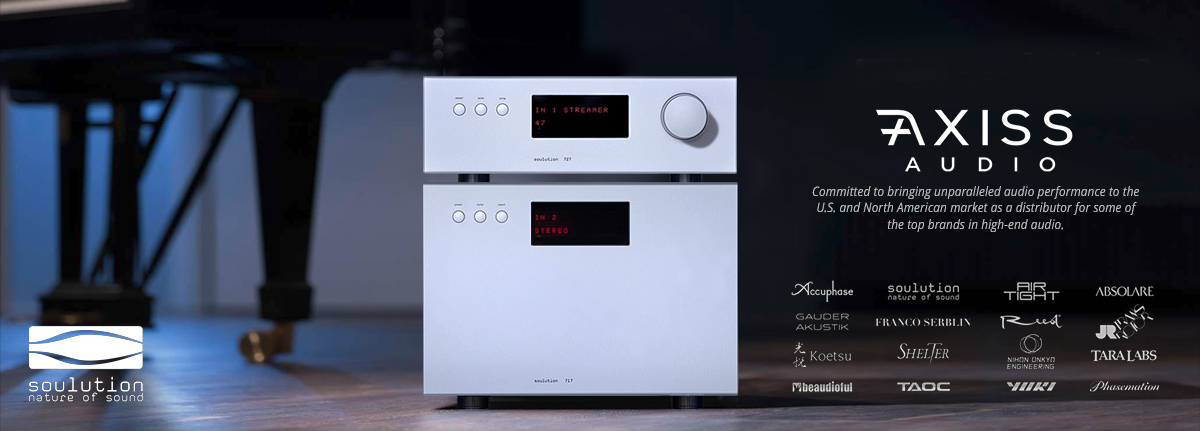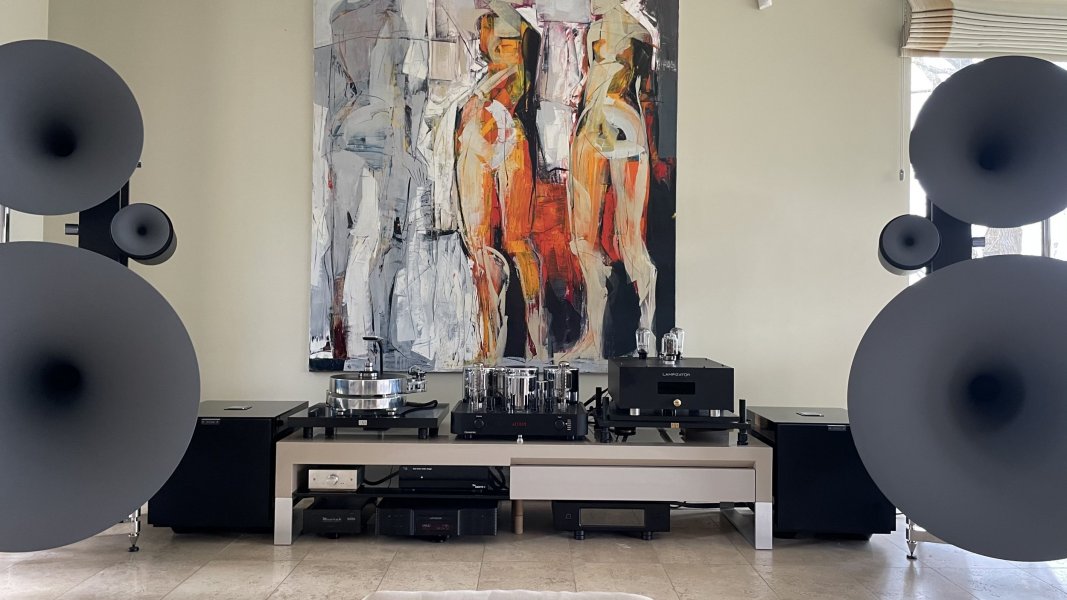Hi,
To help you understand why people prefer "older technologies", let me quote the late Art Dudley from his Klipsch AK6 speaker review:
"In the years since the Klipschorn's debut, loudspeaker technology has progressed in many ways. Speakers that sound timbrally neutral and uncolored are much more common today, as are speakers with consistent and effective dispersion across their operating range. Thanks to the pioneering work of people like Jon Dahlquist,
Jim Thiel,
Richard Vandersteen, and John Fuselier (footnote 2), physical time alignment of drivers in a dynamic loudspeaker system is virtually a given these days, and the problem of baffle edge diffraction has been identified and smacked upside the head. The result is a great selection of loudspeakers that offer apparently flat frequency response, superb stereo imaging, and great airiness and transparency.
And what did we give up to gain such easy access to all those things? Natural-sounding dynamics. Impact. Pluck. Snap. Body—especially body. And soul.
"
Now with that said, high end audio is a subjective experience. There is no right or wrong taste or preference, so enjoy your Pass Magico system. If you have thoroughly explored and settled on your system as the best you can do for your budget, then great. But if you are curious about why so many folks on this site prefer different technologies, do try some high efficiency gear.
Cheers

















